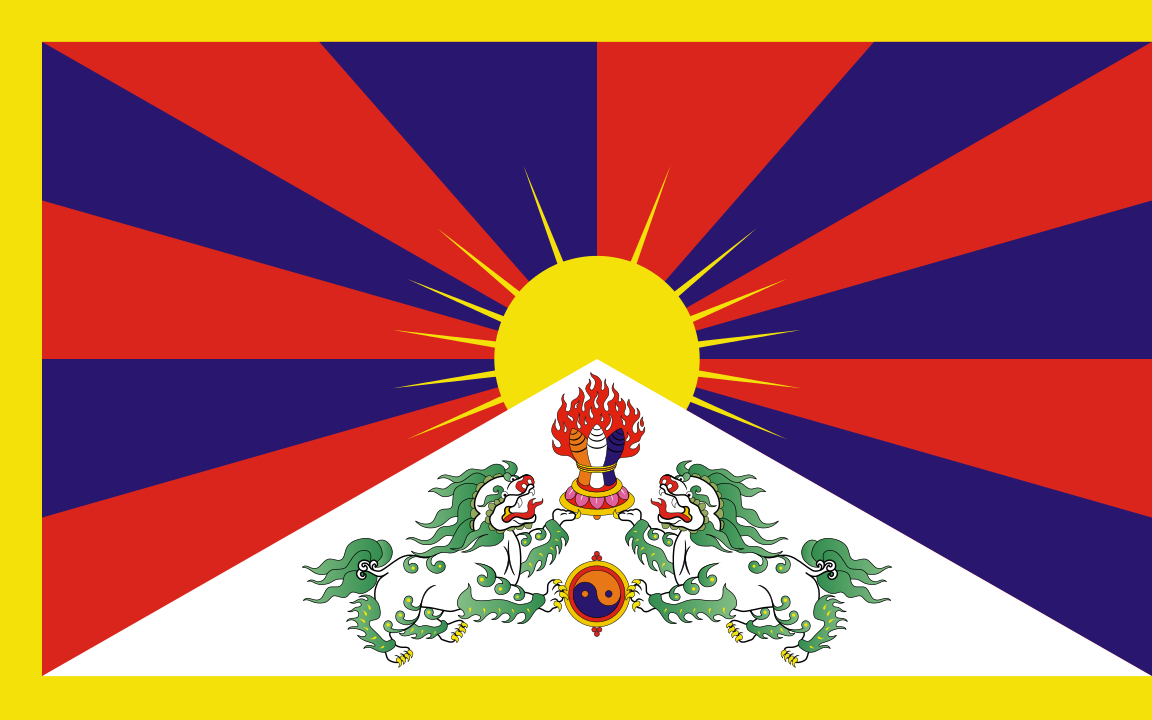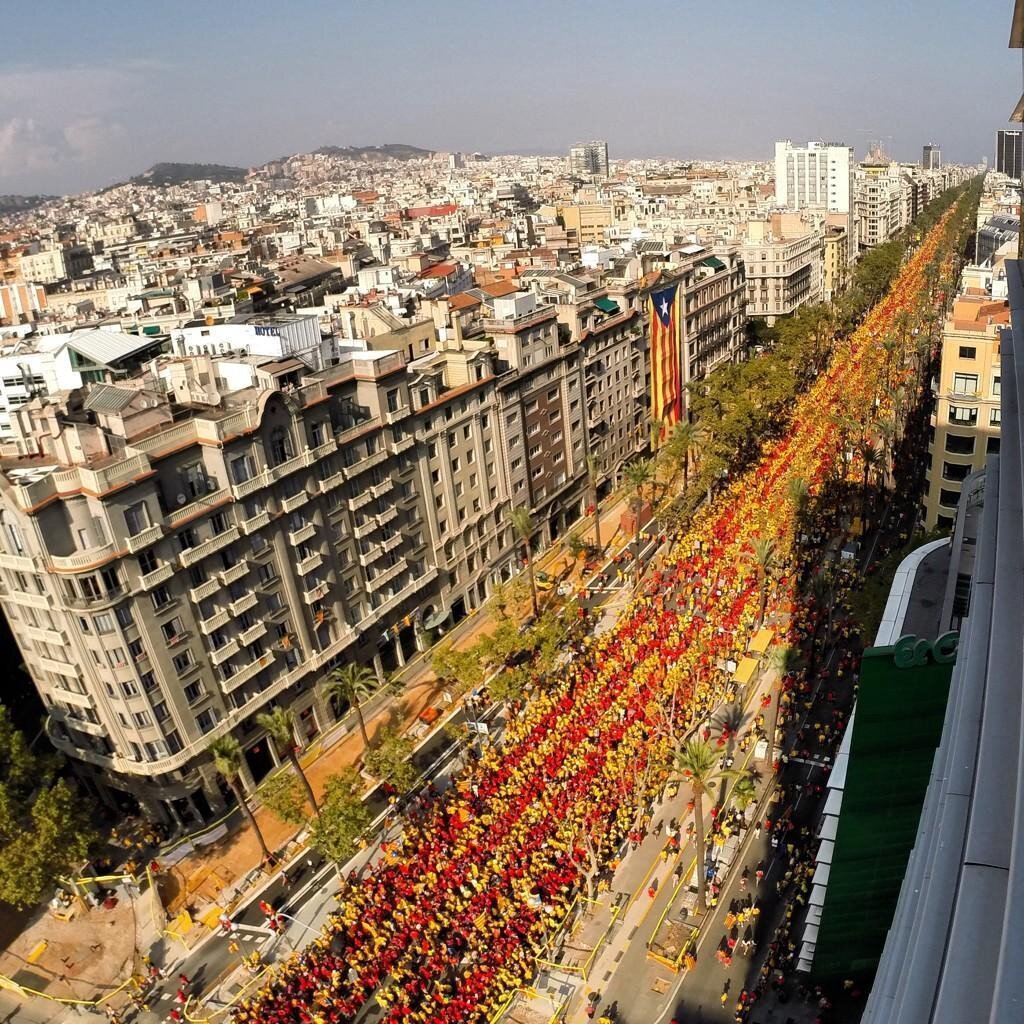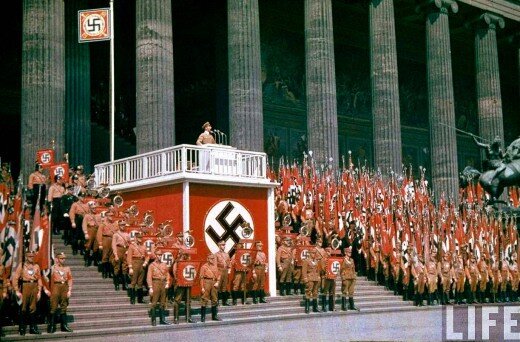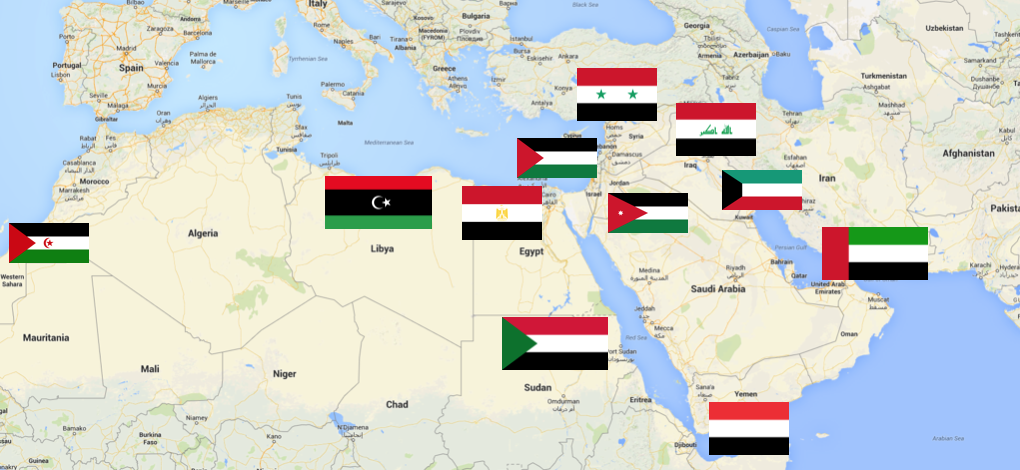Outlawed Flags
Designing for Rebellion
As a designer, I find it fascinating to think that a simple visual symbol such as a flag can incite so much emotion that it warrants being outlawed by a government. Especially in today’s world where we can create the most complex graphics in human history, how can a few colors sewn on a cloth still be the most dangerous visual force we can create?
On Sept. 11, 2014, over one million people gathered in Barcelona to create a Catalan flag over 11km long to raise awareness of Catalan independence. Sure, Catalonia’s flag isn’t outlawed in Spain. But this shows that even in this day, when human capability is far outgrowing a flag’s simplicity, the use of flags to represent a cause is as strong as ever.
Flags for fighting
Having a visual symbol to rally behind is vital to any movement; especially ones that go against the status quo. I’d even argue that the graphic design of a movement could determine its ultimate success. If too complicated, it can’t be reproduced easily and accurately, limiting its accessibility to the masses. Too simple and it could lack meaning and fail to uniquely represent the movement.
In fact, Hitler believed that Germany lost WWI because of the inferior propaganda and graphic design.
So a few years later we see Nazi Germany creating one of the strongest, most effective and unforgettable brands in history. Then of course, slapping it on an absurd amount of flags. In “Mein Kampf” Hitler describes the Nazi flag design choices:
“the new flag… should prove effective as a large poster” because “in hundreds of thousands of cases a really striking emblem may be the first cause of awakening interest in a movement.”
So here comes the first bit of useable advice from Branding the Nations:
If you suddenly find your country in political upheaval, become a flag maker.
Israel to Ban the Flag of Palestine
I am going to try and avoid the politics of this issue like the plague.
Israel banned the Palestine Liberation Organization’s flag in 1967 and in 1980, even banned artwork containing the four colors. But in 1993, the Olso accords ended the ban Palestinians were again free to fly the flag of their cause/nation.
Well…maybe.
Late last month, plans to ban “Palestinian flags and other ‘enemy’ emblems at demonstrations” was announced by Israel.
So we must ask: What does the design of the Palestinian flag say? Does it pose a threat to Israel’s existence? Is it offensive enough to go against the Oslo accords and ban once again?
Their flag is a pretty simple design. Just a horizontal tri-color with a triangle on the hoist edge. But the Red, Black, White and Green aren’t just chosen randomly.
Pan-Arab Colors
The Pan Arab colors began with the Arab revolt flag. It’s creation in the early 1900s is fuzzy, though we know that at the latest, Sharif Hussein used it in 1917 and it was quickly accepted after.
Modern nations who see their identity as “Arab” now use these colors on their respective flags. The colors represent the three Muslim dynasties that reigned shortly after Muhammads death and other notable Islamic movements.
Syria, Iraq, Kuwait, the UAE, Yemen, Jordan, Sudan, Egypt, Libya, (disputed) Western Sahara, and of course, (disputed) Palestine all sport Pan-Arab colors.
The countries that fly Pan-Arab colors are all Islamic in culture, and some even in government. Though it is important to note to my audience that there are predominately Muslim countries who don’t identify as “Arab” and therefore do not adopt these colors (Afghanistan, Pakistan, Iran, etc.).
On October 18, 1948, the flag of the Arab Revlot was adopted by the Palestinian government and the Arab League. The current version, with it’s altered stripe order, was adopted in 1964 by the Palestine Liberation Organization under Yassir Arafat and then in 1988, as the official flag of the State of Palestine (unless you don’t recognize Palestine, that is).
A sheep among wolves
So to a little Jewish country who’s biggest political and religious threat is it’s Islamic neighbors, a Pan-Arab flag says much more than a pro-palestinian cause. Since Israel doesn’t recognize the sovereignty of Palestine, the Palestinian flag is still a flag of a radical opposition movement.
Being as unbiased as I can muster, the Palestinian flag is, in a way, offensive to the Jewish nation. Though, to be as clear as possible, it isn’t as much of a “anti-jewish people” flag as one would maybe read a Nazi flag to be. (Though even after some legislation in 2012, the Nazi flag is still legal to display in Israel.)
The Palestinian flag is primarily a “pro-arab and islam” symbol by design; which, by a select audience, can be read as a “anti-jewish political nation” symbol.
I would compare it to a southern rebel flag here in the US which I’ve written about in my article ‘Can a flag be racist?’. The rebel flag, even with its pro-south messages, it is far overshadowed by its anti-black messages (rightly accused or otherwise).
As with most things in life, a flag’s negative views are louder and longer lasting than its positive.
People give designs power
A flag’s design has no inherent power. Though if it is chosen by a passionate group, then the design is given that respective amount of power, fear, hatred, etc. The more passionate the cause, the more powerful and charged the design becomes on both sides of the issue. Even though the swastika had humble beginnings, it will forever be an anti-semetic symbol just because of the powerful political cause that happened to choose it.
The terrible flag of the Islamic State. It breaks Rule #4 AND, if Arabic had comic sans, it would be this font. Currently banned in the UK, the Netherlands, Germany and Austria.
Banning a flag really comes down to what you believe and what you oppose. I personally would support the possession of an Islamic State flag being punishable in Syria and Iraq. But on the issue of Palestine, I wont pick a side because I see good and bad on both. Regardless, in this case, Israel must ask the question:
Does outlawing a rebellious flag deter its use, or legitimize its cause?








